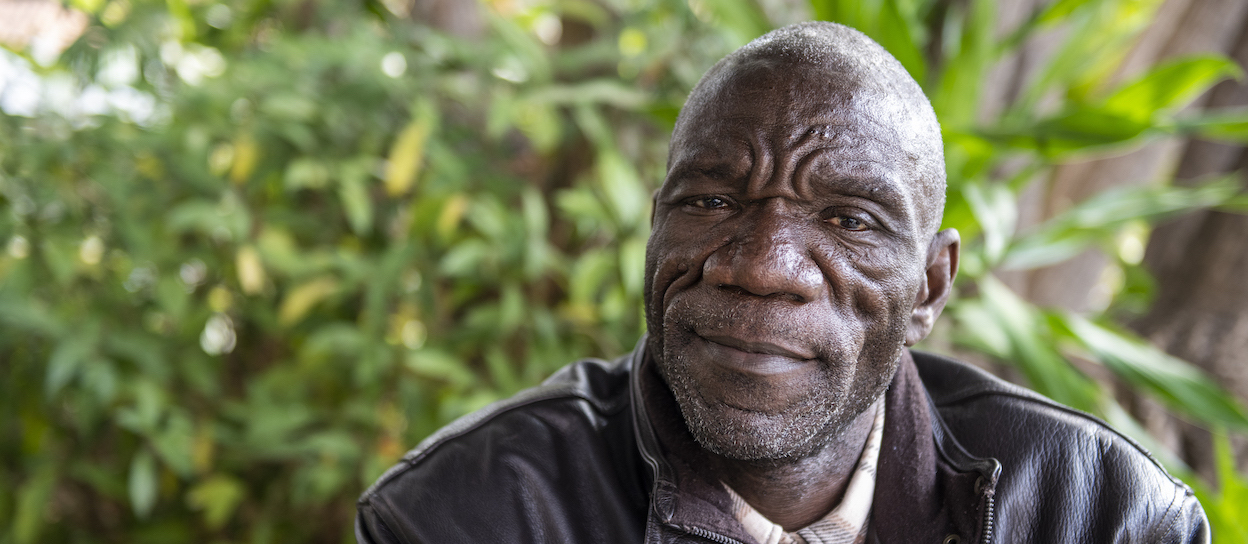'About 400 children are infected with HIV every day'
In the earliest days of the HIV/AIDS epidemic, when the virus and the disease it caused were still largely a mystery, Elizabeth Glaser was among hundreds of women who faced a nightmare scenario. In 1981, via a blood transfusion during childbirth, she contracted HIV. She would unknowingly pass the virus to her two children: Her daughter Ariel, through breast milk, and later, her son Jake, in utero. She died in 1994.
Thirty-five years later, in part because of the groundbreaking work that is Elizabeth’s legacy as co-founder of the Elizabeth Glaser Pediatric AIDS Foundation, the organization I now lead, mother-to-child HIV transmission is virtually a thing of the past in the U.S. Even though the headlines have faded, the fight against pediatric AIDS is not over. Rather than let up, now is the time to ramp up because if the world is serious about defeating AIDS entirely, we must focus on an especially vulnerable population: children.
About 400 children are infected with HIV every day around the world, 90% of them via mother-to-child transmission. Without treatment, half of HIV-infected infants will die before their second birthday. Just as troubling, deaths among adolescents living with HIV have doubled since 2000, despite a decade-long decline in AIDS-related deaths overall, according to UNAIDS. AIDS is the leading cause of death among adolescents in Africa and the second leading cause of death for this age group globally.
These deaths that shatter families and wound communities are preventable. About 1.8 million children globally have the virus, and every one of them could live long, healthy lives if diagnosed and treated early and properly—and kept on treatment for life.
Remarkably, and gratefully, the end of AIDS in children is within sight. If we act purposefully and with ambition, we could welcome the first AIDS-free generation by 2020. The U.S. has played a transformational leadership role, supported by Democrats and Republicans alike, in funding and driving a coordinated global effort to both invest in prevention and treat people with HIV/AIDS. We’ve made stunning progress in this battle over the past five years thanks to what’s known as the Global Plan, an aggressive campaign to tackle HIV/AIDS where it is still hitting women, children and families the hardest. This effort was launched by the U.S. President’s Emergency Plan for AIDS Relief, UNAIDS, EGPAF and other partners.
The Global Plan targeted 21 countries in sub-Saharan Africa that have been most affected by HIV since 2009. Since the plan began in 2011, new HIV infections in children have been reduced by 60%. This means hundreds of thousands of children with HIV-positive mothers were born HIV-free. This relentless effort succeeded because of a sharp focus, strategic prioritization and adequate resources.
If the successful Global Plan was Act I, Start Free, Stay Free, AIDS Free is Act II. Launched over the summer, this effort builds on the successes of the past five years, while setting an ambitious new framework to end AIDS in children, adolescents and young women once and for all. This one-two punch, with continued support and funding, stands to change the trajectory of the epidemic in just a generation.
Elizabeth spent the last years of her life fighting to plant the seeds of progress in the U.S. and to create a legacy of advocacy on behalf of children, which still drives today’s work globally. With every life saved, and every child spared the agony of this disease, we honor Elizabeth, as well as Ariel, who died at age 7, and countless others who AIDS has taken from us. We provide hope that we can beat this disease and as with Jake Glaser—still HIV-positive, but a healthy, vibrant, engaged 32-year-old—AIDS can become something that we can control and ultimately defeat.
Yet this will only be possible if Americans move to view AIDS today as a human cause we all own, even though the greatest burden is being carried by mothers and children we’ll never meet, in communities we’ll never see. And although the worst of the epidemic may be past us, AIDS is still a very real threat to the health and wellbeing of millions of Americans.
So as we mark World AIDS Day, we must build on the incredible progress we’ve made over the past several years and commit to achieving what would be one of the greatest public health achievements of our lifetime: ending AIDS in children, while supporting the ultimate goal of wiping out AIDS entirely. But it’s important to remember that we cannot do the latter without achieving the former.
This piece originally appeared on TIME's website on November 30, 2016.




